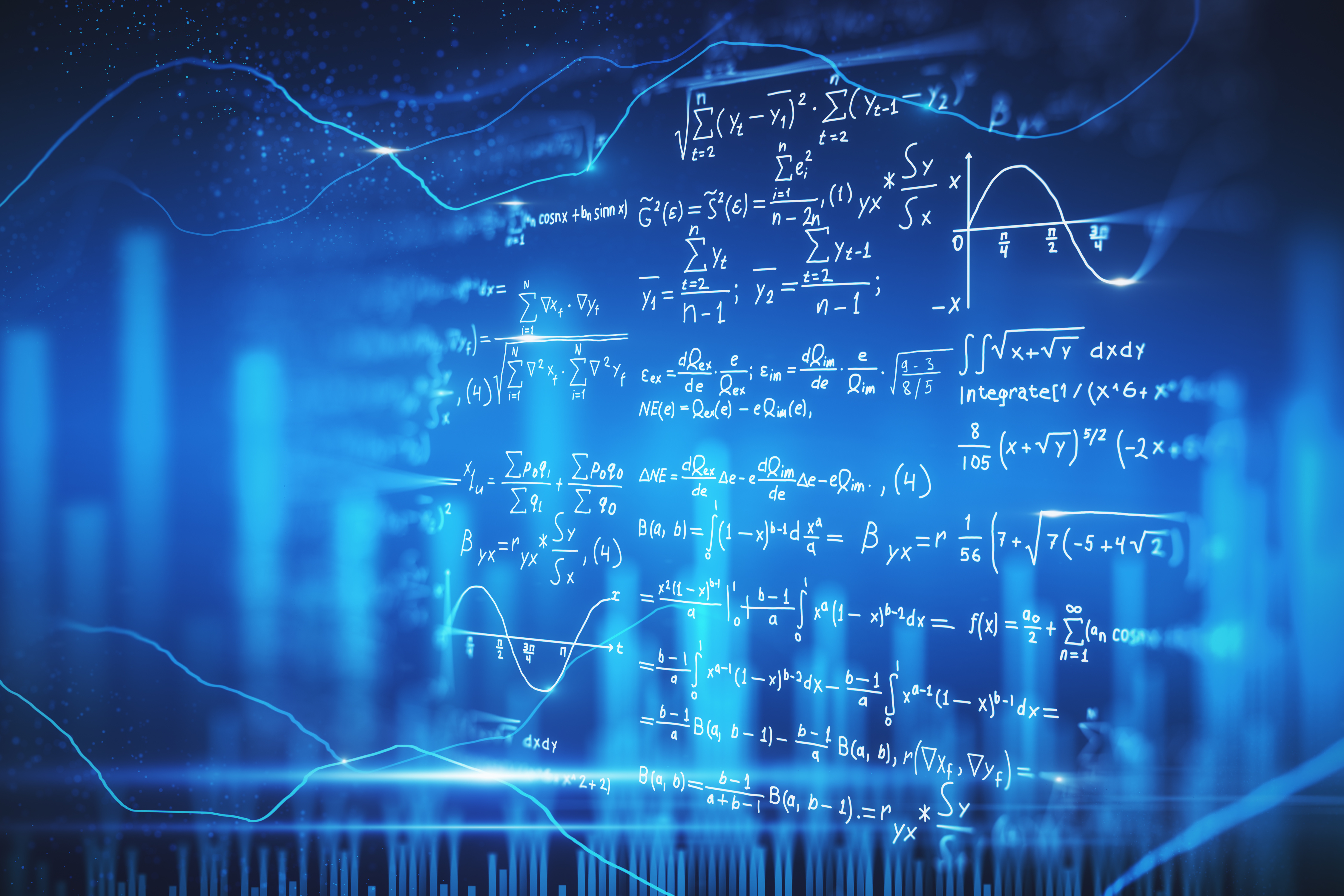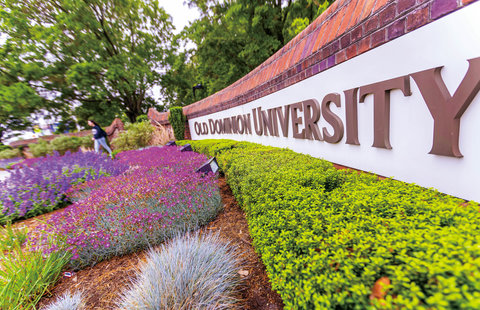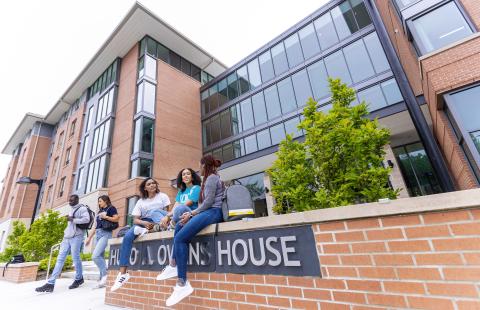Old Dominion University offers a Master of Science degree in Computational & Applied Mathematics with a concentration in Applied Mathematics.The master’s program in computational and applied mathematics offered by the Department of Mathematics and Statistics is designed to produce applied mathematicians and statisticians who can meet the growing demand for analytical and computational skills in traditional scientific and multi-disciplinary fields. Students in the program can choose to pursue an option in either applied mathematics, statistics, or biostatistics.
Program Highlights
-
ODU is one of the few institutions around the world that offers a Computational and Applied Mathematics graduate program, rather than a traditional mathematics program.
-
Coursework for the M.S. degree contains a significant component in Big Data Analytics
-
Distinguished by its connections to Modeling and Simulation research throughout the campus
Featured Courses
Careers
Check out these ideas from ODU's Center for Career & Leadership Development and the Occupational Information Network (O*NET). A median salary is a midpoint of what people typically earn—half of those surveyed earned above the median salary, and half earned below.
Analyze statistical data, such as mortality, accident, sickness, disability, and retirement rates and construct probability tables to forecast risk and liability for payment of future benefits. May ascertain insurance rates required and cash reserves necessary to ensure payment of future benefits.
Teach students in one or more subjects, such as English, mathematics, or social studies at the secondary level in public or private schools. May be designated according to subject matter specialty.
Teach courses pertaining to mathematical concepts, statistics, and actuarial science and to the application of original and standardized mathematical techniques in solving specific problems and situations. Includes both teachers primarily engaged in teaching and those who do a combination of teaching and research.
Develop or apply mathematical or statistical theory and methods to collect, organize, interpret, and summarize numerical data to provide usable information. May specialize in fields such as bio-statistics, agricultural statistics, business statistics, or economic statistics. Includes mathematical and survey statisticians.
Alumni Careers
Requirements
The M.S. candidate must complete a minimum of 33 normal credit hours of course work designed to fulfill an option in either applied mathematics, statistics or biostatistics. The M.S. candidate will be assigned to a faculty advisor for a master’s project. The master’s project is designed not only to broaden students’ analytical competency but also to enhance students’ writing and reporting skills on a technical subject.
Cost of Attendance
We believe in providing students with transparent and accessible information about the cost of attendance.
Review the estimated tuition rates for the 2025-26 academic year (subject to change). Other fees are assessed for special services and certain academic programs. Non-resident rates are charged for anyone who is not a current Virginia resident, including international students.
Ways to Fund Your Degree
There are a few ways for you to save on the cost of attending Old Dominion University, including scholarships, assistantships, and student loans. For more details about financial aid at Old Dominion, visit the Financial Aid Office page.
Contact







